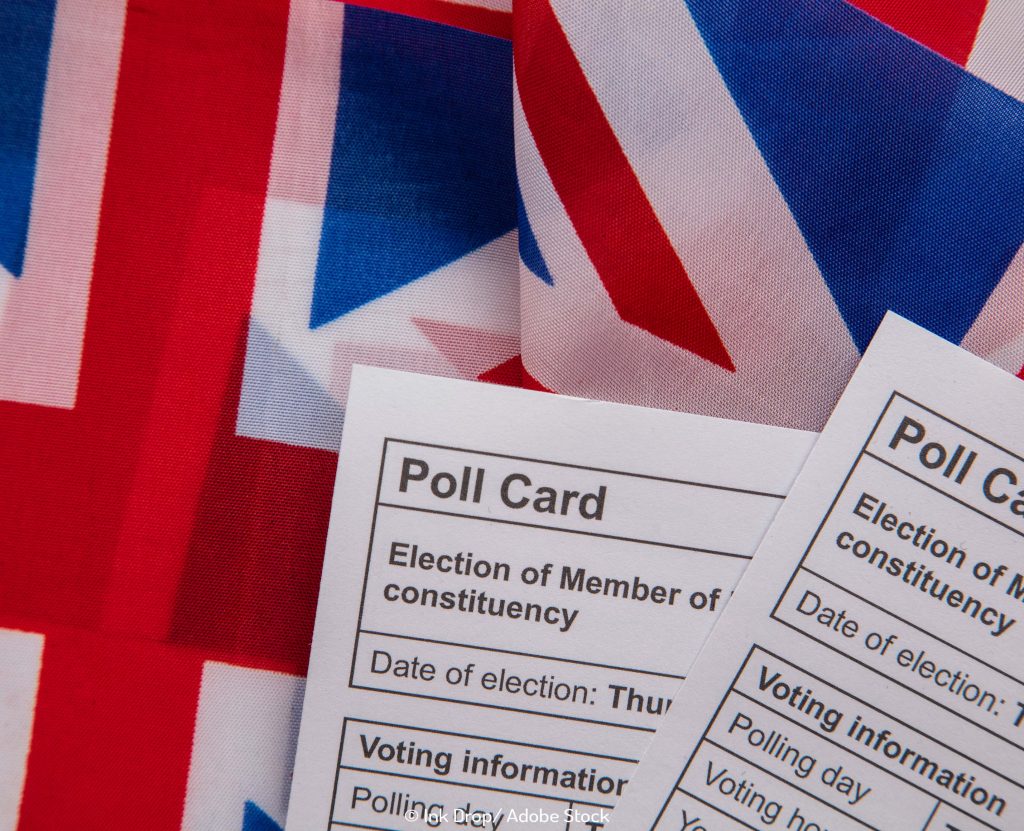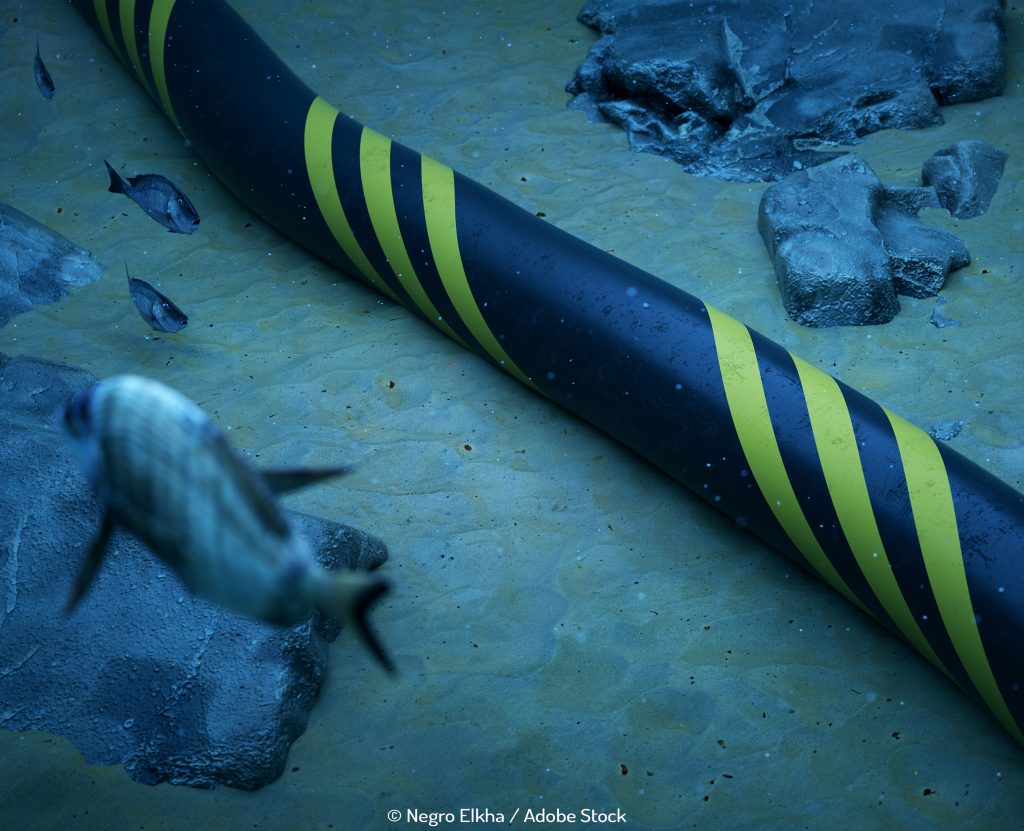
Shell moves into the electricity industry
In the late 1800s, a man named Marcus Samuel was faced with a challenge. How could he – son of a trader who’d made his name selling seashell jewellery boxes – help grow a fledgling oil firm in the face of competition from a behemoth?
He’d been visited by the Rothschild family, who wanted to create a greater market for their oil (they produced kerosene to light lamps) but Standard Oil – run by the Rockefellers – was the industry leader and had the ability to crush green shoots of competition.
Samuel’s solution therefore was not to gently emerge in a new market and hope for the best – but to launch a pre-emptive strike in numerous markets at the same time. His genius in designing a new type of tanker that was capable of transporting the product in bulk, one which was also awarded a top safety ranking, led to the creation of Shell Oil and Transport Co. It was able to take 4000 tonnes of kerosene to Asia, and flooded the market – taking Standard by complete surprise.
He later said: “The mere production of oil is almost its least value. Markets have to be found.” This is at the heart of Shell’s latest ambition: “to make electricity a significant business.”
The company announced recently that it is now to get involved at almost every stage of the power supply system, from generating electricity to buying and selling it, and supplying directly to customers.
It’s a savvy move from the company, to use the growing volumes of gas which it’s gathering from its numerous projects, and to turn it into electricity. Despite the increase in generation from low-carbon sources, coal and gas-fired generators were called upon to meet the higher electricity demand.
According to the International Energy Agency, demand rose at its fastest pace since 2010, increasing by 4% in 2018 – nearly twice as fast as overall energy demand. It attributes roughly 1/5th of this to weather conditions – with increased demand for air-conditioning during last year’s summer which was ranked at the 4th hottest year on record. Equally the colder-than-average winters in North American increased the demand for heating.
It’s also investing in smart home technologies – like smart thermostats and home electric vehicle charging – as a sustainable revenue stream: in 2018 PwC reported that almost 40% of people in the UK would be making purchases in this market.
“This is a good example of our approach to building a significant electricity business in line with customer needs,” says Mark Gainsborough, Executive Vice President of Shell New Energies. “Shell recognises the world needs more energy with lower emissions and this offering gives customers more flexibility, greater control and cleaner energy.”
Shell is also been driving investment in renewable energy, purchasing First Utility – or Shell Energy as it’s been rebranded – which will offer renewable electricity, as well as gas, to all existing and new residential customers.
The company has also revealed that it plans to have a number of ‘commercial offshore wind farms’ using floating technology within the next five years. It bought a stake worth 66% in TetraSpar floating foundation demonstrator, as part of a project with Innogy and Stiesdal Offshore Technologies which has a budget of around £16m for projects.
And as the executive VP of Shell New Energies Mark Gainsborough announced that the firm also intends to buy up UK seabed leases or take stakes in existing projects, the floating offshore wind technology manager James Cotter said: ‘’We should be looking at how do we make offshore wind access a larger market in a competitive way that delivers jobs and investment in local supply chains wherever we go.’’
“It’s easier to do that with a new technology than with the incumbent supply chain.”


